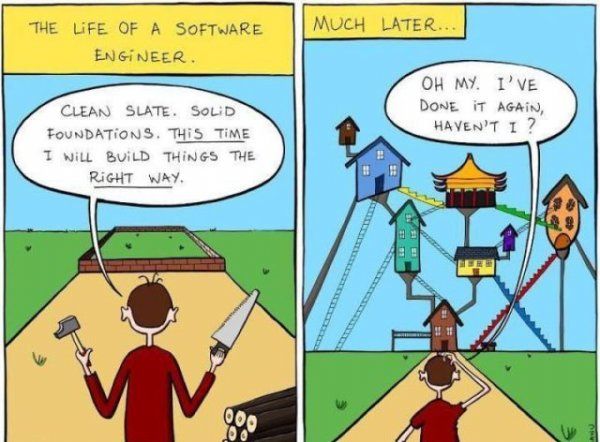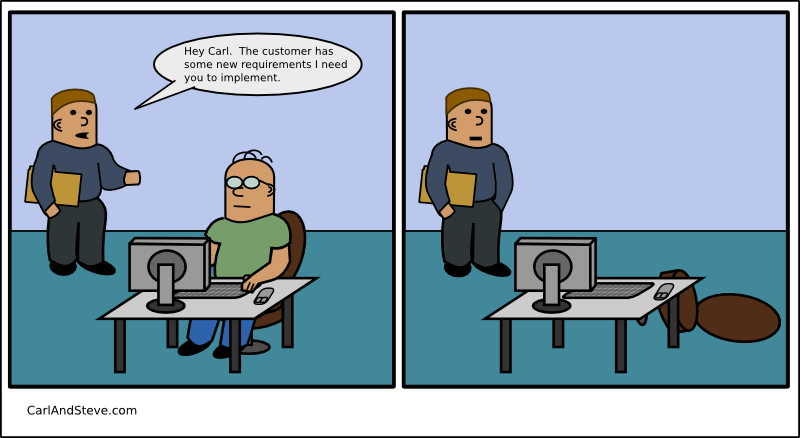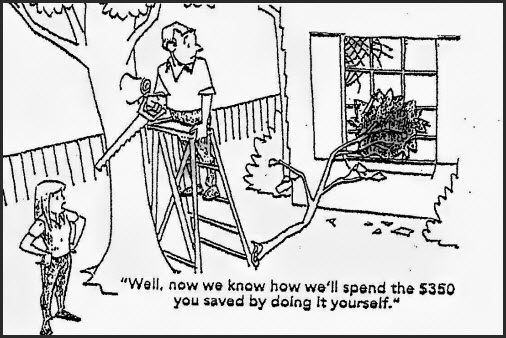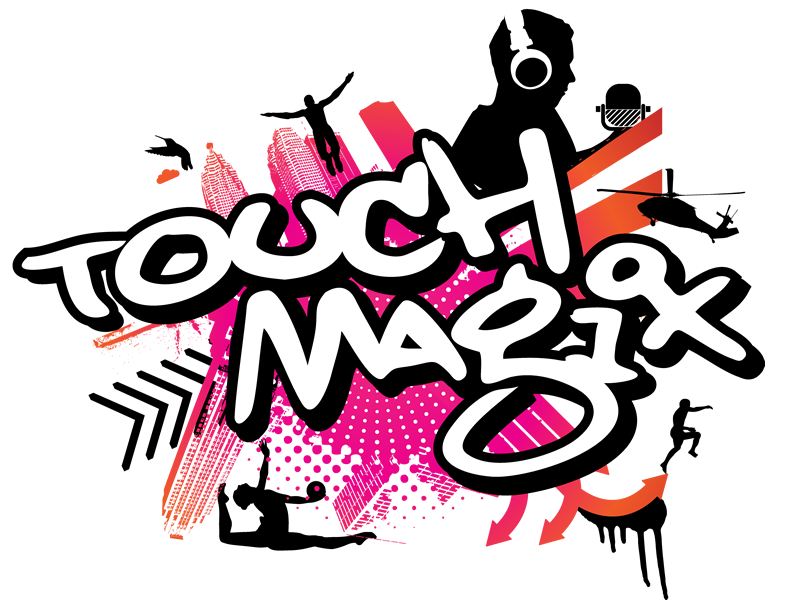Anup Tapadia, CEO, TouchMagix, has revolutionized interactive systems with his innovation. Driven by an aspiration to innovate and deliver great experiences in gesture based interactive display systems, his products have reached numerous brands and consumers since the company’s inception a few years back.
His work has earned him recognition from the likes of Bill Gates, Dr. Abdul Kalam, Dr. Raghunath Mashelkar, R. Balki and Azim Premji who have acknowledged his sheer intelligence and tech driven entrepreneurial spirit. The British Government awarded him the “Global Young Creative Entrepreneur” honor in 2010. In an interview with ProductNation, Tapadia talks about his aspirations in making India an innovation hub and to develop world-class products.
You offer a variety of interactive display solutions. What is the market potential for these products?
At TouchMagix, we are focused on creating next generation interactivity and engagement technology and have created products that use motion, gesture and touch for various applications. We manufacture and supply both technology and equipment that have been creating global standards for giving audiences a lasting impact and brand impressions. TouchMagix has a variety of interactive display products like Interactive Floor, Interactive Wall, Multi-Touch MagixKiosk & Table, MagixFone and rich capabilities to build customized solutions and content.
Customization of content is an aspect which increases the market potential of these products manifold. These applications range from creating engagement and experiences for brands, creating an interactive ambience in hotels and lounges, to marketing initiatives at on-ground activities. This technology is also being used for children entertainment, education and health. Being unique in nature, it enables brands to create conversations with their consumers, thus enabling them to become one with the brand. Over the years, we have penetrated globally across a variety of sectors including real estate, banking and financial sector, education, information technology, pharmaceuticals, healthcare, and hospitality sectors.
Is the market willing to bet on new products?
Today, Indian and global brands are looking at innovative avenues and channels to communicate with their target audience be it customers or internal audience. With brand fatigue becoming a cause of concern for brand managers, interactive products like TouchMagix is an ideal solution. The real USP of our product is in the usability, open SDK interfaces and core tracking technology IP which allows us to track gesture/touch at a higher accuracy level and speed.
How soon was /will be your company feasible in terms of generating revenue? What are your sales projections?
We have been profitable since the first year we started business. More than a million people have engaged/experienced TouchMagix products world wide and the number is growing continually.
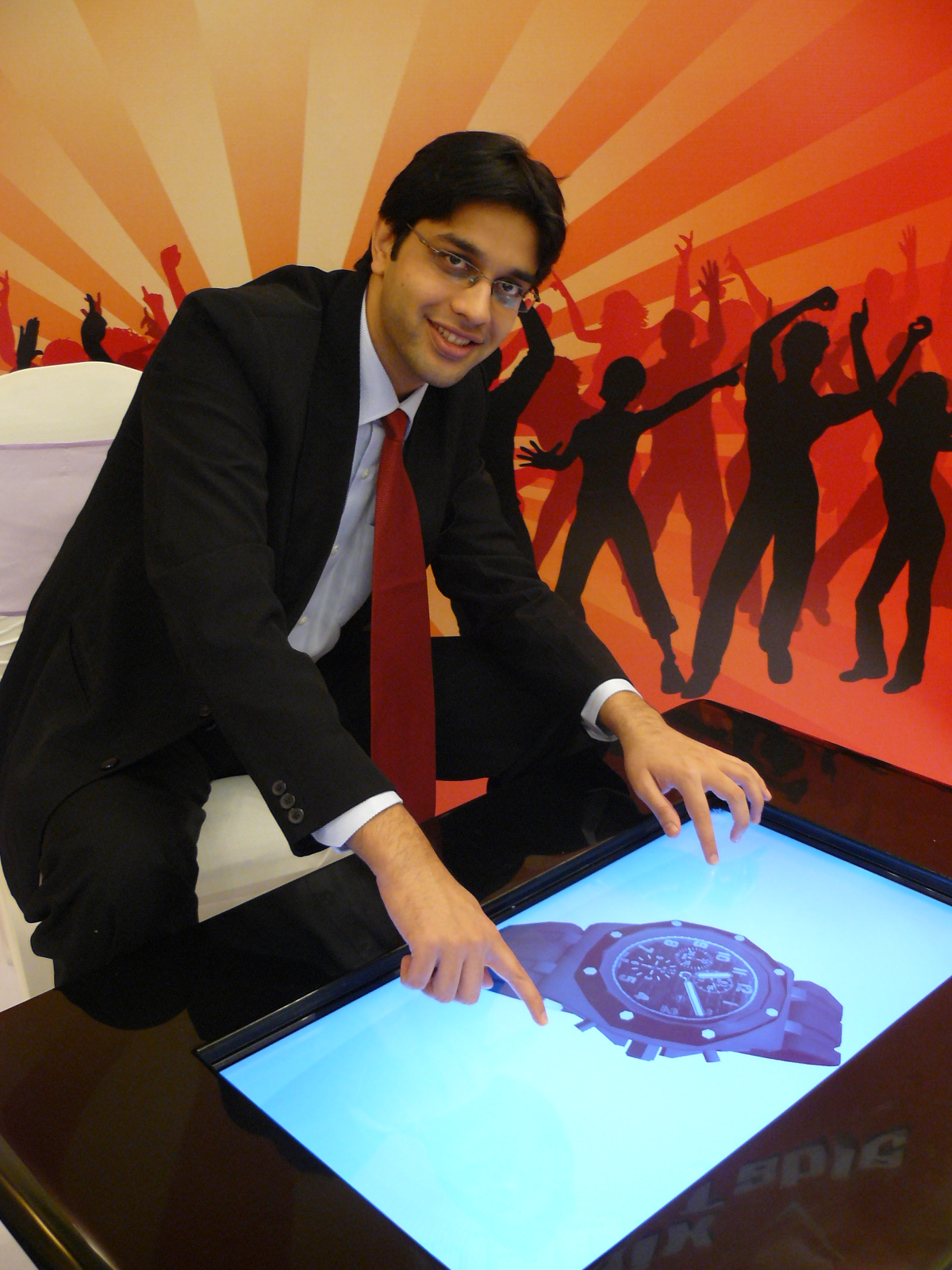
Indian IT industry has largely been IT services focused. What has been your experience in building products? What were the challenges faced?
We firmly believe that India has the potential to create great product companies. Our experience in building products based out of India has been quite interesting. Building electronic products is not an easy task in India as it is capital intensive and expensive. A major challenge was to find the right people and retain them for R&D based jobs. The ecosystem is evolving and we are glad to be part of it.
Do you feel the Indian ecosystem is software-product friendly? What is needed to create world-class products?
The eco-system is still evolving and education needs to promote research driven product innovations. Most of us prefer the safer route and hence many end up in starting service based companies.
For a young 24-year old guy to have been honored with the ‘International Young Interactive Entrepreneur Award 2010’ by British Council, and ‘Best Young Entrepreneur Award’ by a business magazine, says a lot about your achievements.
I was drawn to computers when I was just seven. In the subsequent five years I mastered over 15 different computer programming languages. Art and Technology have always intrigued me. When I saw Tom Cruise playing around with large displays in Minority Report, it triggered a series of thoughts in my mind on the possibilities of this kind of technology if brought to reality. This led to launching of TechnoKarma Labs. At TechnoKarma, we undertook many projects in the IT networking space such as creating low-cost firewalls and a low cost wireless mesh router, which enabled Wi-Fi connectivity in IIT Pune’s campus. One of the projects from TechnoKarma Labs was later spun off as TouchMagix.
My passion and perseverance to create a truly Indian product for global markets was the reason for my success.
You have also received appreciation from the likes of Dr. APJ Kalam, Bill Gates, Azim Premji and others. How does it feel to be acknowledged by these eminent people?
It is overwhelming when stalwarts from the industry appreciate your efforts. These endearing comments reinforced my confidence and also encouraged me to keep moving on the path of innovation.
What is the road ahead like for TouchMagix? Where do you see the company going?
While multi-touch technology revolutionized the way we currently perceive and engage with technology, gestures and motion will make user-interface even more immersive and instinctive. The potential of this technology is great today, and we are seeing that with the response for our products globally.
From keyboard and mouse to touch and gesture, the human interaction with devices have evolved in a big way to help people interact in a manner that is appropriate for their lives. In future, we aim to create products and content that would make human interaction with devices more intuitive and enable us to create memorable experiences.
What learning would you like to share with others from what you have learnt?
For emerging entrepreneurs I would suggest it’s essential for one to work at one large corporation and one small start-up to experience and understand the functioning of both setups. I feel India is a land of great opportunities and there is never a better time than now to kick-start new business in a growing economy.
TouchMagix Products
- MotionMagix™) converts any floor/wall into an interactive space for educating and engaging users with fun, action and excitement.
- MagixTable™ is world’s thinnest 40 point multi-touch plug-n-play surface computer table loaded with rich application suite and easy customization for corporate and entertainment application.
- MagixKiosk™ 32″ 1080p HD can be used in 4 different form factors like table, tilted kiosk/workstation, high bar table, or as a standing flat display.
- MagixFone™ is Any Display Any Phone interactive technology which gives your audience the ability to control the screen for playing games, answering quizzes, sending social messages and much more using their mobile phone.
- MagixFone™ hardware picks-up the call or interprets an SMS which allows the user to use his/her mobiles keypad or voice to interact with the display.
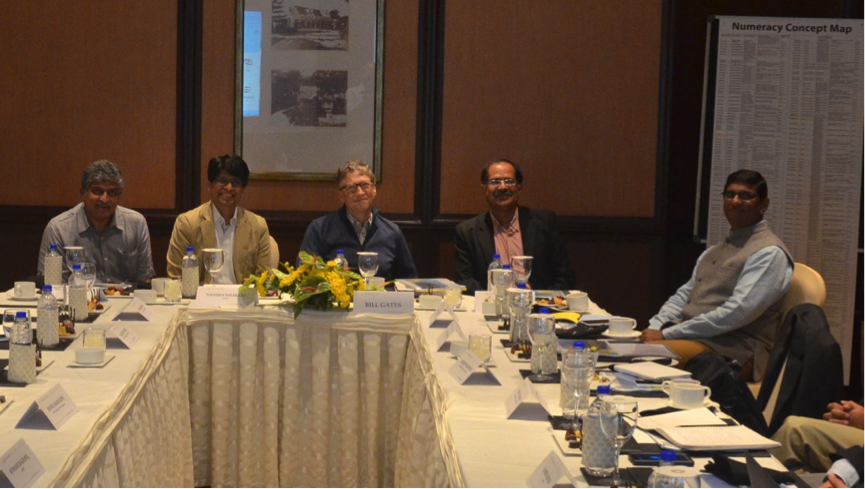 There were three broad themes that were covered — finance, healthcare and education — each of which forms an important part of the Gates Foundation’s work in philanthropy. Product demos included the IndiaStack, a suite of technology services currently being developed around identity, payments and personal data management for all Indian citizens; three of the leading startups in the healthcare space — Practo, Logistimo, and Swasthya Slate; and EkStep, an education-focused nonprofit that focuses on facilitated learning.
There were three broad themes that were covered — finance, healthcare and education — each of which forms an important part of the Gates Foundation’s work in philanthropy. Product demos included the IndiaStack, a suite of technology services currently being developed around identity, payments and personal data management for all Indian citizens; three of the leading startups in the healthcare space — Practo, Logistimo, and Swasthya Slate; and EkStep, an education-focused nonprofit that focuses on facilitated learning.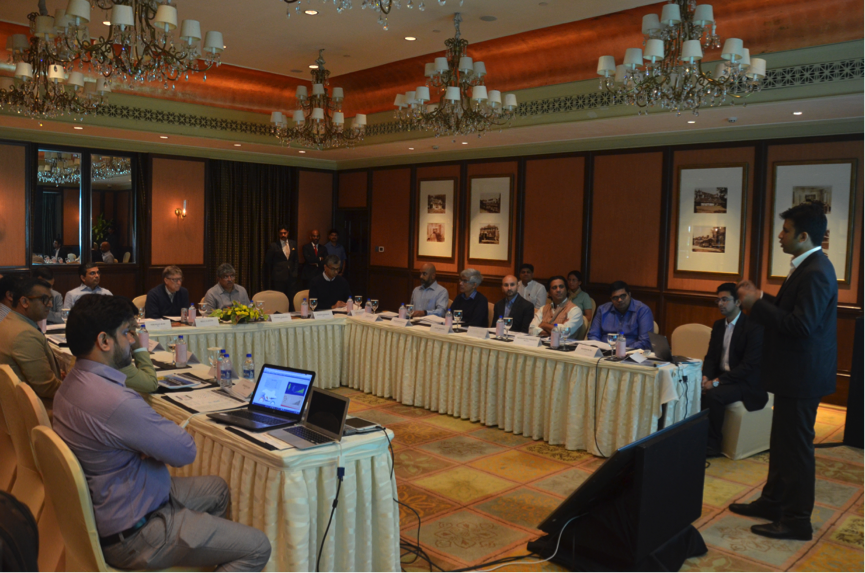 Bill Gates observed that India is producing cutting-edge work and there are few countries which can boast of a digital infrastructure as sophisticated as we are producing here. With such positive encouragement from one of the most accomplished individuals in the world, the vision of transforming India at large through application of technology has received a new impetus.
Bill Gates observed that India is producing cutting-edge work and there are few countries which can boast of a digital infrastructure as sophisticated as we are producing here. With such positive encouragement from one of the most accomplished individuals in the world, the vision of transforming India at large through application of technology has received a new impetus.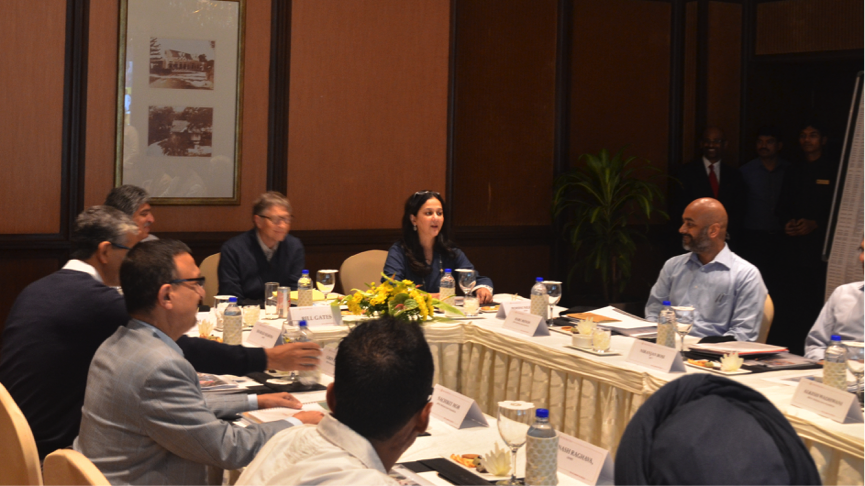 Guest Post by Saurabh Panjwani, iSPIRT
Guest Post by Saurabh Panjwani, iSPIRT


